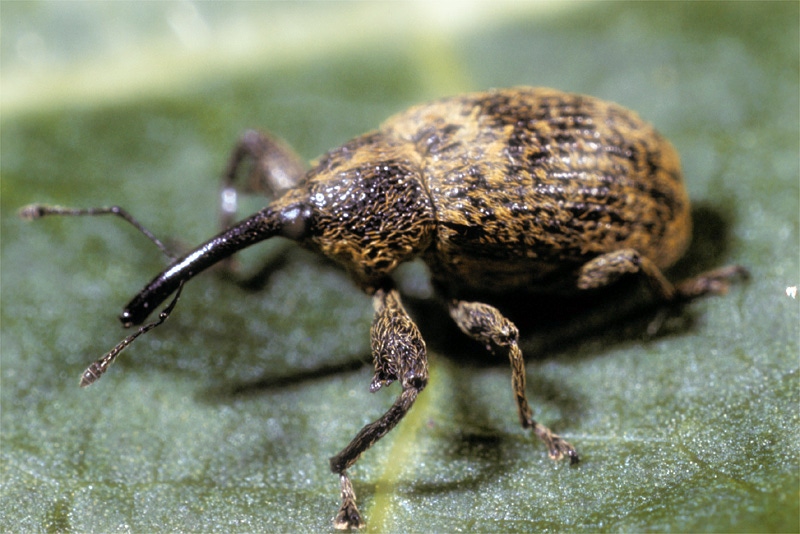
Not counting the Lower Rio Grande Valley, the Texas Boll Weevil Eradication Foundation caught only 195 weevils this year.
That’s a promising figure, but total elimination of the pest in the state remains a somewhat elusive goal because of problems with high numbers in the Valley. “They are still catching plenty of weevils,” says Randall Schwartz, zone manager for the Southern Rolling Plains and St. Lawrence eradication zones.
As of Sept. 4, nearly 154,000 weevils had been caught in what has to be the most active boll weevil eradication zone remaining in the United States.
“Except for the Lower Rio Grande Valley, the boll weevil is 99.9 percent eradicated in Texas,” Schwartz says.
He told a Tom Green County field day crowd Thursday that the trap numbers in the Valley are higher now than when the last report was filed, probably closer to 170,000 to 180,000. The eradication program had treated 760,000 cumulative acres in the Valley by Sept. 4. “They face a lot of problems with issues across the border,” he said.
Schwartz said the Southern Rolling Plains acts as a buffer between the remaining weevil populations to the south and weevil-free areas to the north. “From I-10 north, no weevils were caught this summer,” he says. “The Texas plains are clean.”
He says the program caught weevils in only three areas this summer, The Lower Rio Grande Valley, the Winter Garden area, and the Southern Blacklands. “We only caught 30 weevils in the Southern Blacklands.”
Finishing the job down south will make things easier for the Southern Rolling Plains. “If we can clean up weevils to the south trapping statewide will change.” With no pressure from the southern zones, trapping could switch to once every two weeks instead of weekly.
Cotton fields that “are completely devoid of cotton can now be on a two-week trapping schedule,” Schwartz said. “If any cotton plants remain, we have to trap weekly.”
He says if farmers with abandoned fields eliminate all plants they can help reduce eradication program costs.
He also reminded farmers that if they planted cotton this year, they owe an assessment, even if the crop has been abandoned. “We do not borrow money but depend on assessments for operating funds. We are required by the state to maintain two-years’ of operating funds in case we need to spray. We also need to continue the assessment to maintain the program and to protect the investment farmers have already made.”
He said growers can save 2 percent of their assessment cost if they pay early.
“We’re being as conservative as possible with funds and are using the same number of employees this year as we did last year but with 100,000 more acres of cotton.”
Southern Rolling Plains farmers planted some 350,000 acres this year, Schwartz says. “We will not harvest close to that.”
Farmers also have to be vigilant about preventing weevils from re-infesting, especially from coming in on equipment moving up from south Texas. Schwartz says Texas state government budget cuts may mean fewer inspectors available to check for contaminated harvesters, trailers and other machinery.
“Growers need to be watchful of equipment coming in,” he says. “If you see dirty equipment, get license numbers and report it. A recent issue with a dirty trailer coming in from Weslaco was spotted by a vigilant farmer.”
He says the Boll Weevil Eradication Foundation is trapping an area around a gin trash spill. “We don’t want to jeopardize your investment by allowing this kind of contamination,” he says.
Weather extremes, the cold winter and the hot, dry summer “will speed up the program.”
He says the Texas Department of Agriculture stalk destruction program in south Texas also helps limit boll weevil survival over the winter.
About the Author(s)
You May Also Like






